Jodhpur, Rajasthan - 342002
The Mehrangarh Fort and its palaces were built over a period of 500 years, following their foundation in the mid-fifteenth century. As a result, the varied building styles of many different periods are represented in this architectural masterpiece.
The Elephant Howdah (seats used to ride on elephants) and Palanquin Gallery on the southern side of Shringar Chowk is now a Hauda Khana (howdah exhibition) with a display of eighteenth- and nineteenth-century howdahs decorated with repousse work. One example is the silver howdah presented to Maharaja Jaswant Singh I (1638–78) by the Mughal emperor Shah Jahan, as a mark of honour. The Palanquin Gallery displays one of the richest collections of palanquins in Rajasthan. Pinjas (a covered palanquin known for its exquisite craftsmanship) is beautifully decorated with lacquer paintwork and rajat khasa (a beautiful lotus-shaped silver palanquin used by the maharajas) is another fine piece of art. Other noteworthy exhibits include a palki designed for a woman in purdah, with a red-and-silver velvet covering and carrying poles that terminate in elephant heads, and a palki fitted with a European-style chair.
The Painting Gallery displays a large and magnificent collection of miniature paintings and, perhaps, the finest collection of paintings from the Marwar School. Court painting in Jodhpur developed greatly during the seventeenth century through the association of Marwar’s rulers with the Mughal emperors. During the eighteenth and nineteenth centuries, it evolved into a distinctive Rajasthani style, combining Mughal naturalism with local folk styles and bold colours. Jodhpur paintings took an even more exuberant turn under Maharaja Man Singh (1803–43), and dozens of paintings of the ruler, his nobles and his ladies were made. The Textile and Turban galleries at Mehrangarh comprises several late-Mughal tents, canopies, hangings and floor spreads that date back to the late-seventeenth to the mid-eighteenth century as well as a large number of garments and furnishings from the late-nineteenth and early twentieth centuries. Mehrangarh holds the single largest collection of such textiles from this period. The Turban Gallery in the museum seeks to preserve, document and display the different types of turbans once prevalent in Rajasthan; every community, region and, indeed, festival has its own headgear, and this diversity is wonderfully brought out in this collection.
The Sileh Khana (arms exhibition) highlights stunning examples of watered steel blades, hilts embellished with gold and silver inlay, masterfully crafted daggers and rare examples of shields decorated with leather work. The gallery also has on display personal swords; among them are the khanda of Rao Jodha, weighing over seven pounds, and the sword of Akbar the Great.
The museum offers internship programmes for the youth and has a manuscript library that can be accessed by researchers and scholars.
26.2978078, 73.0184738
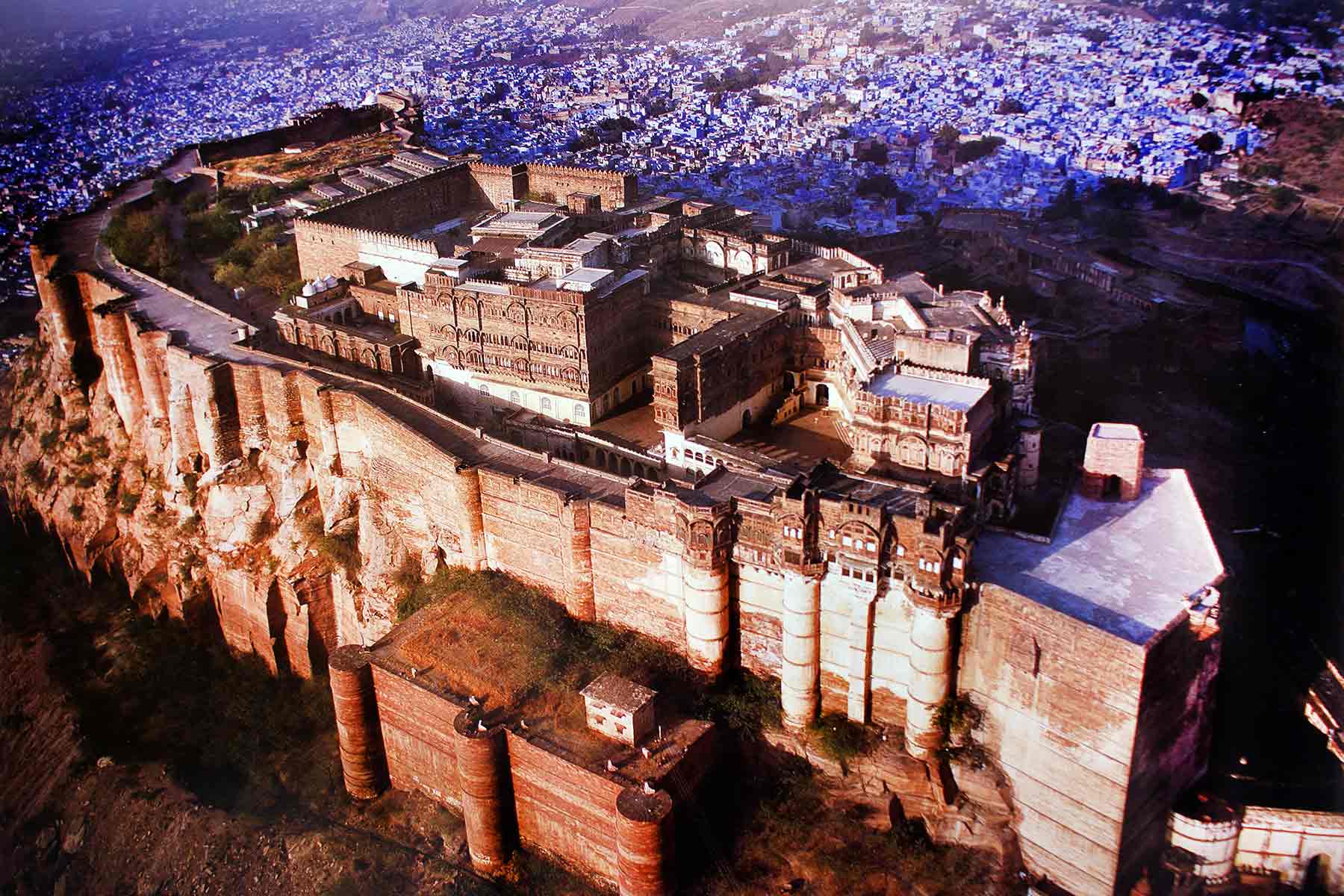
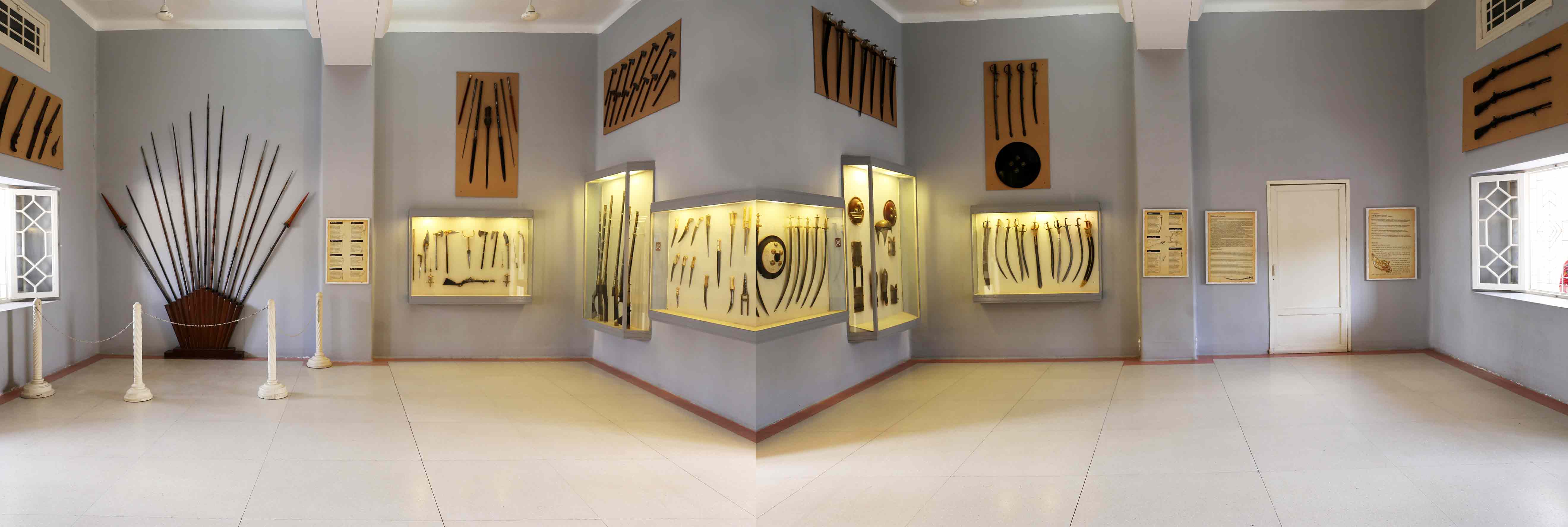
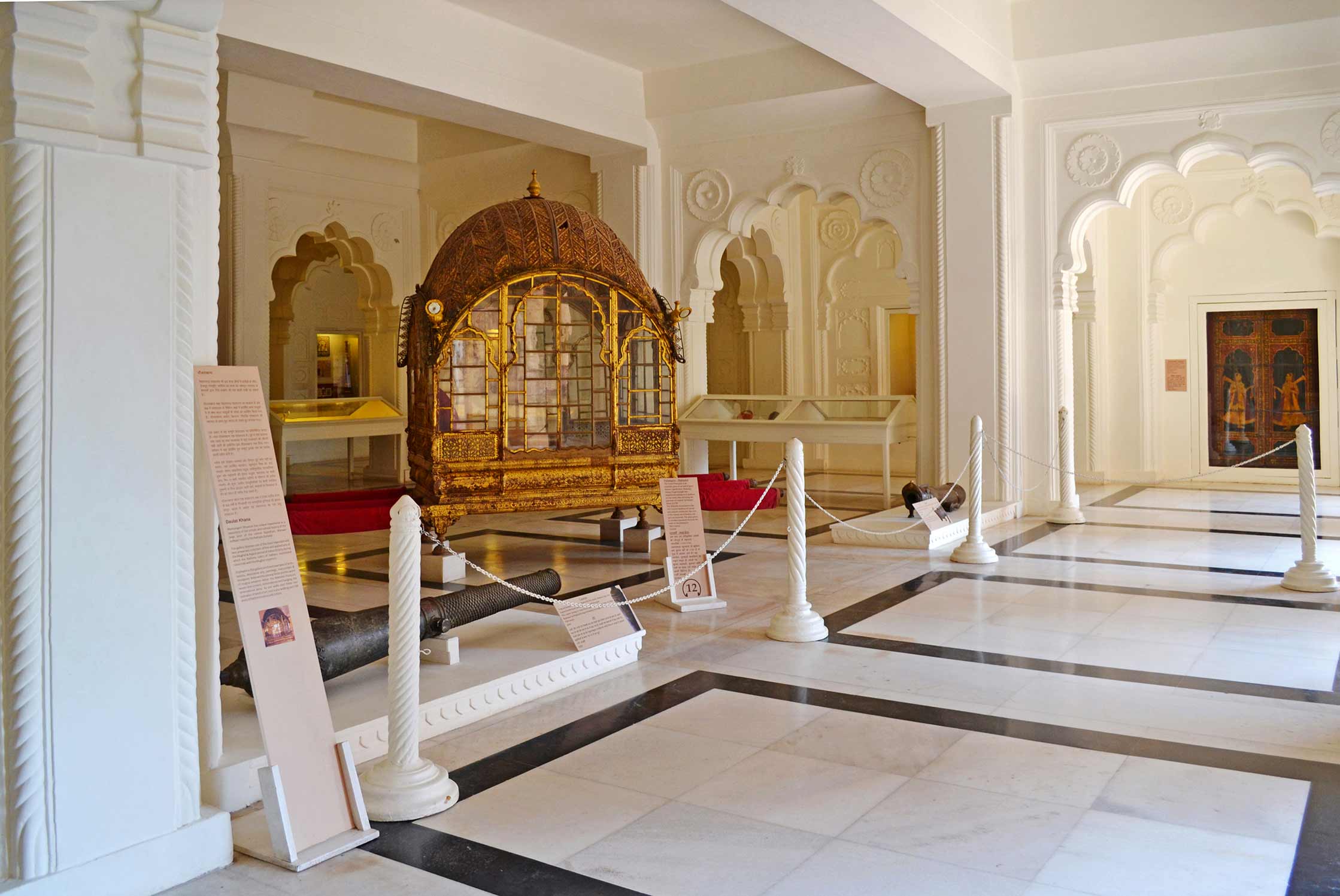
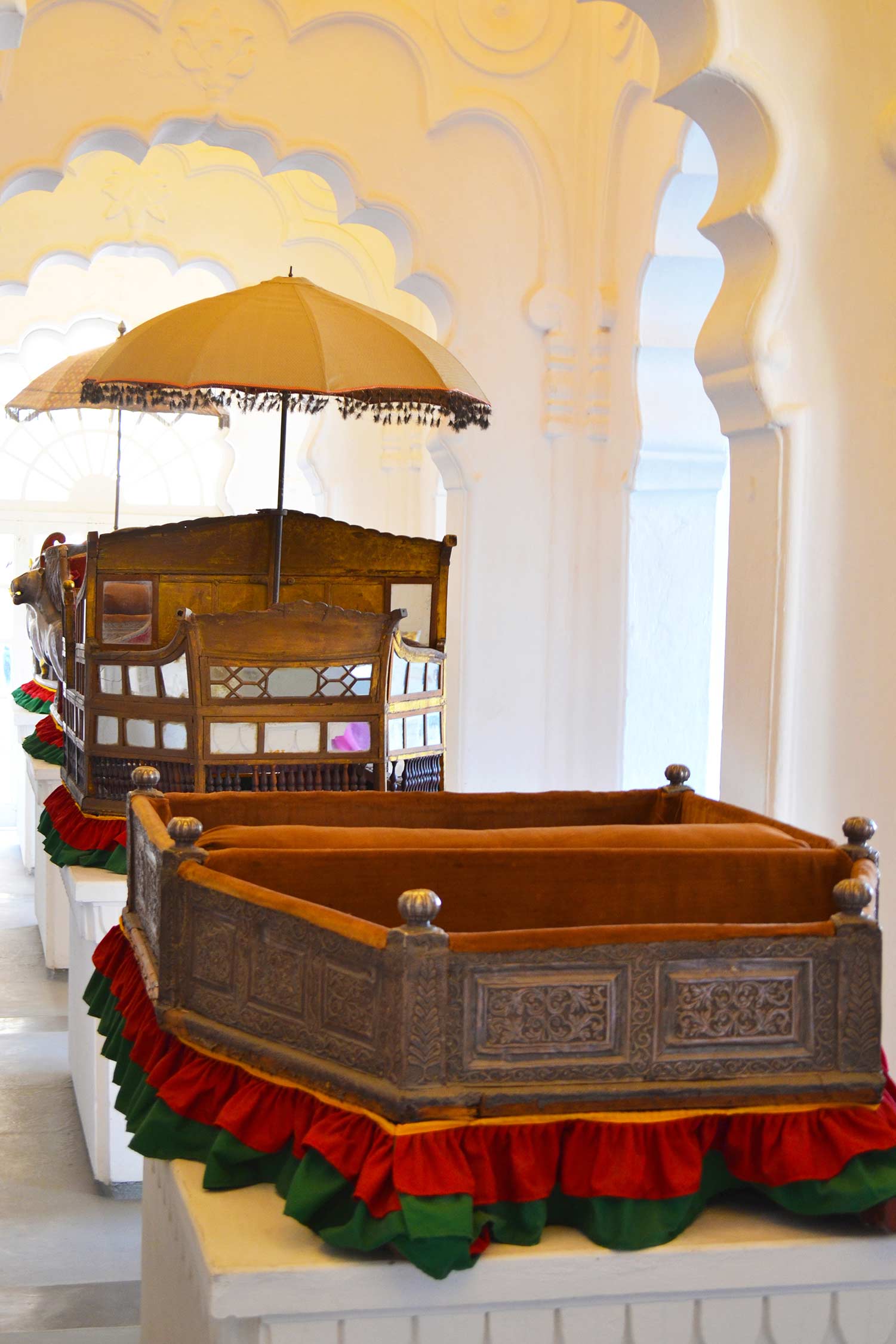
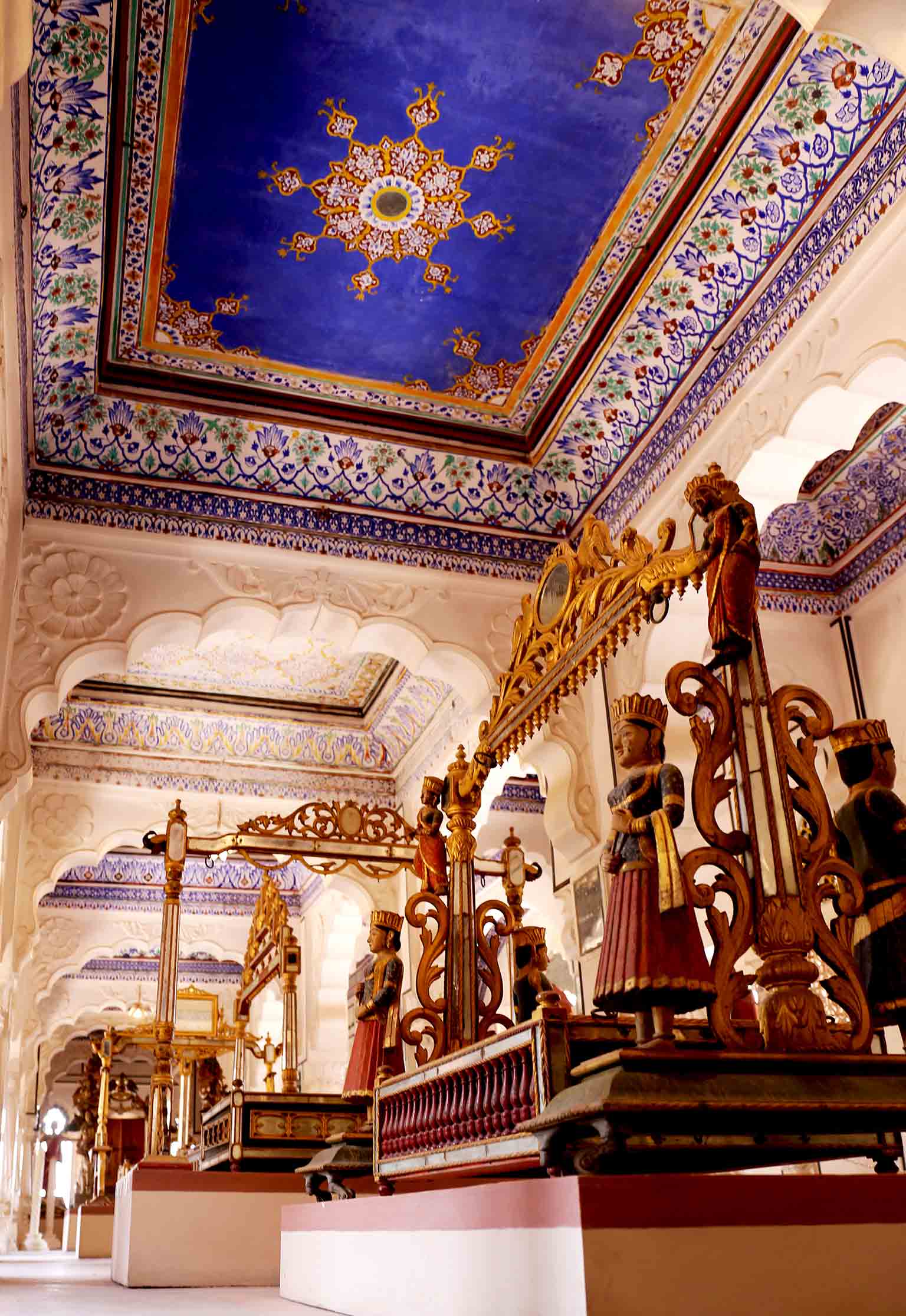
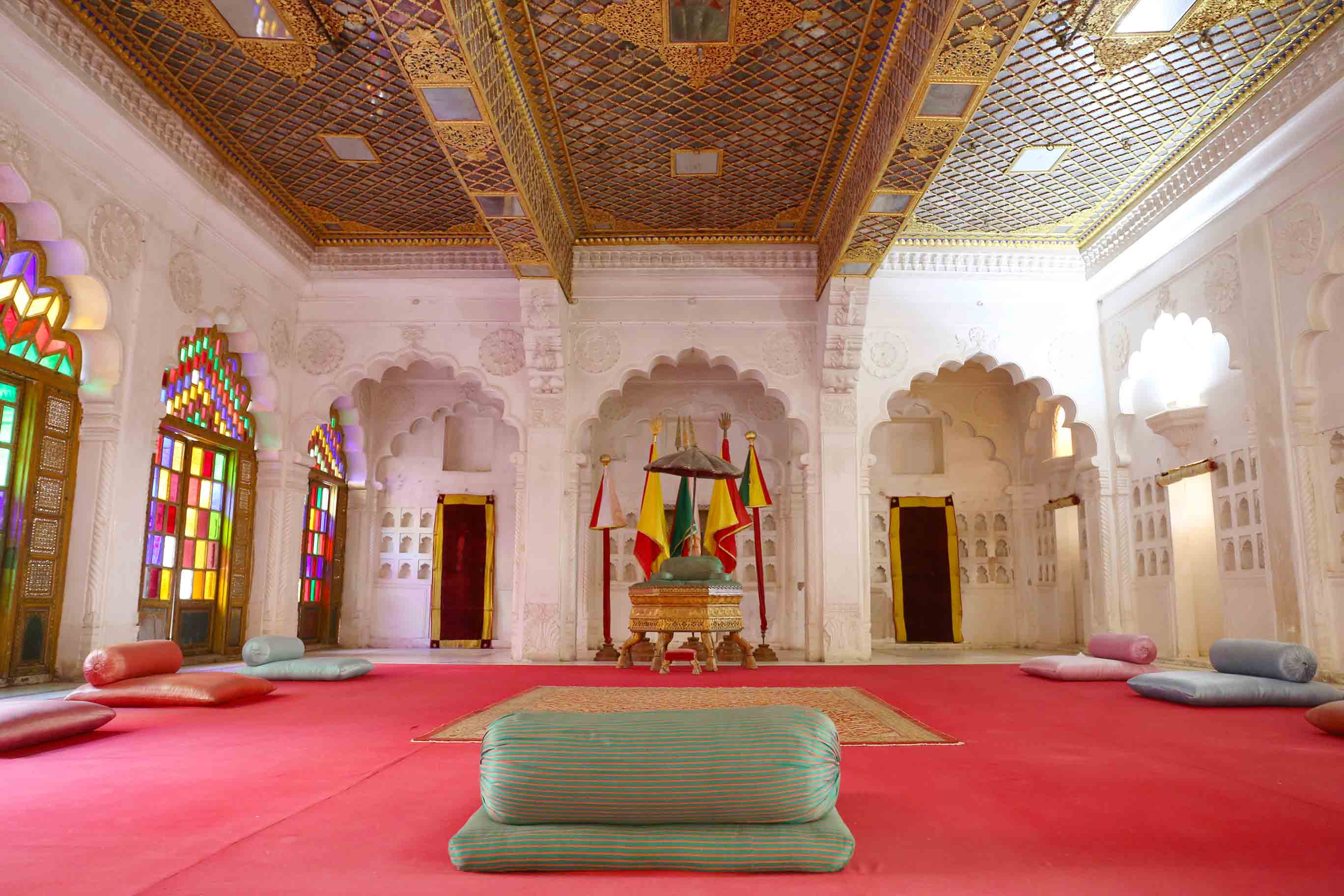
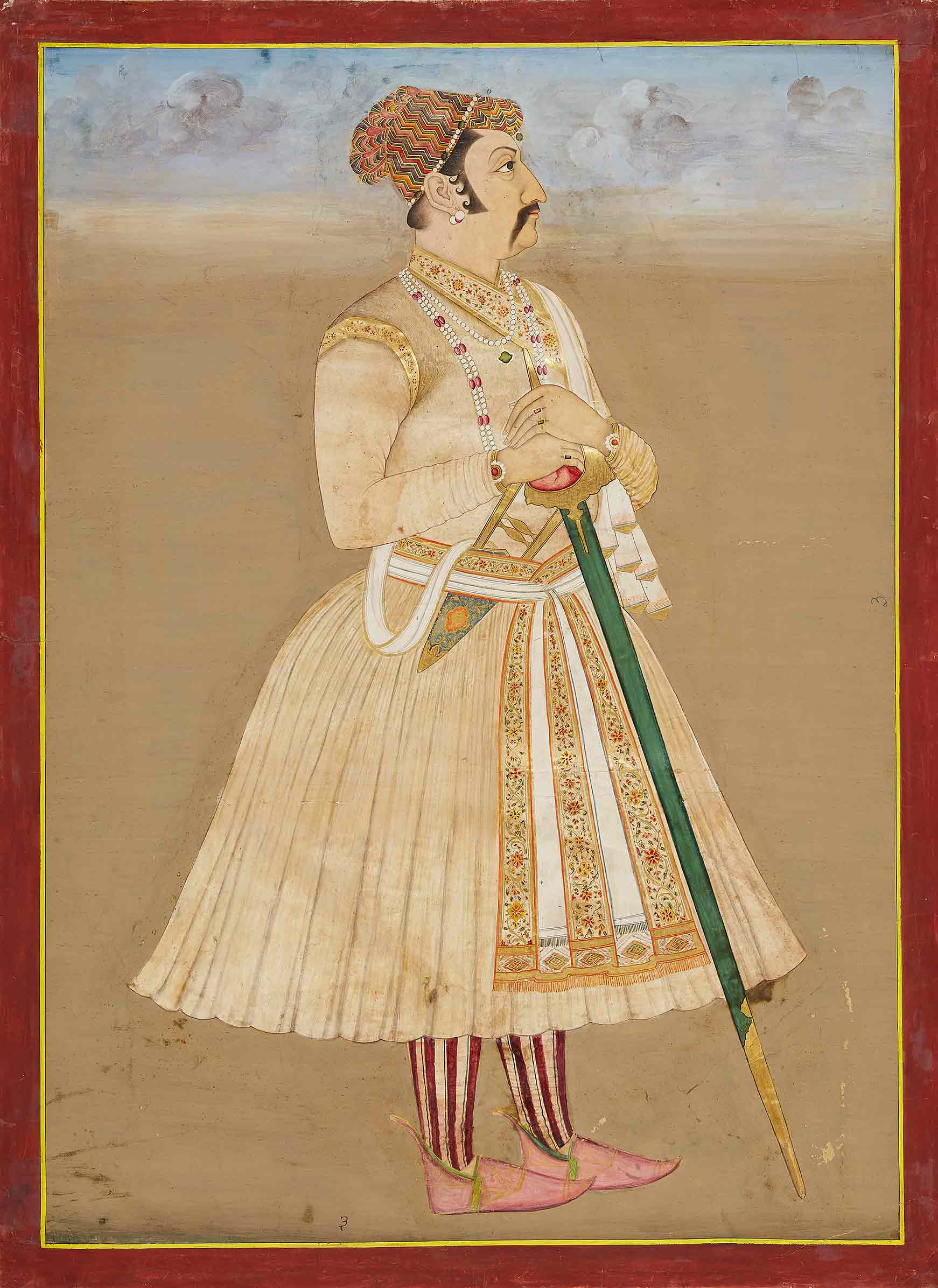
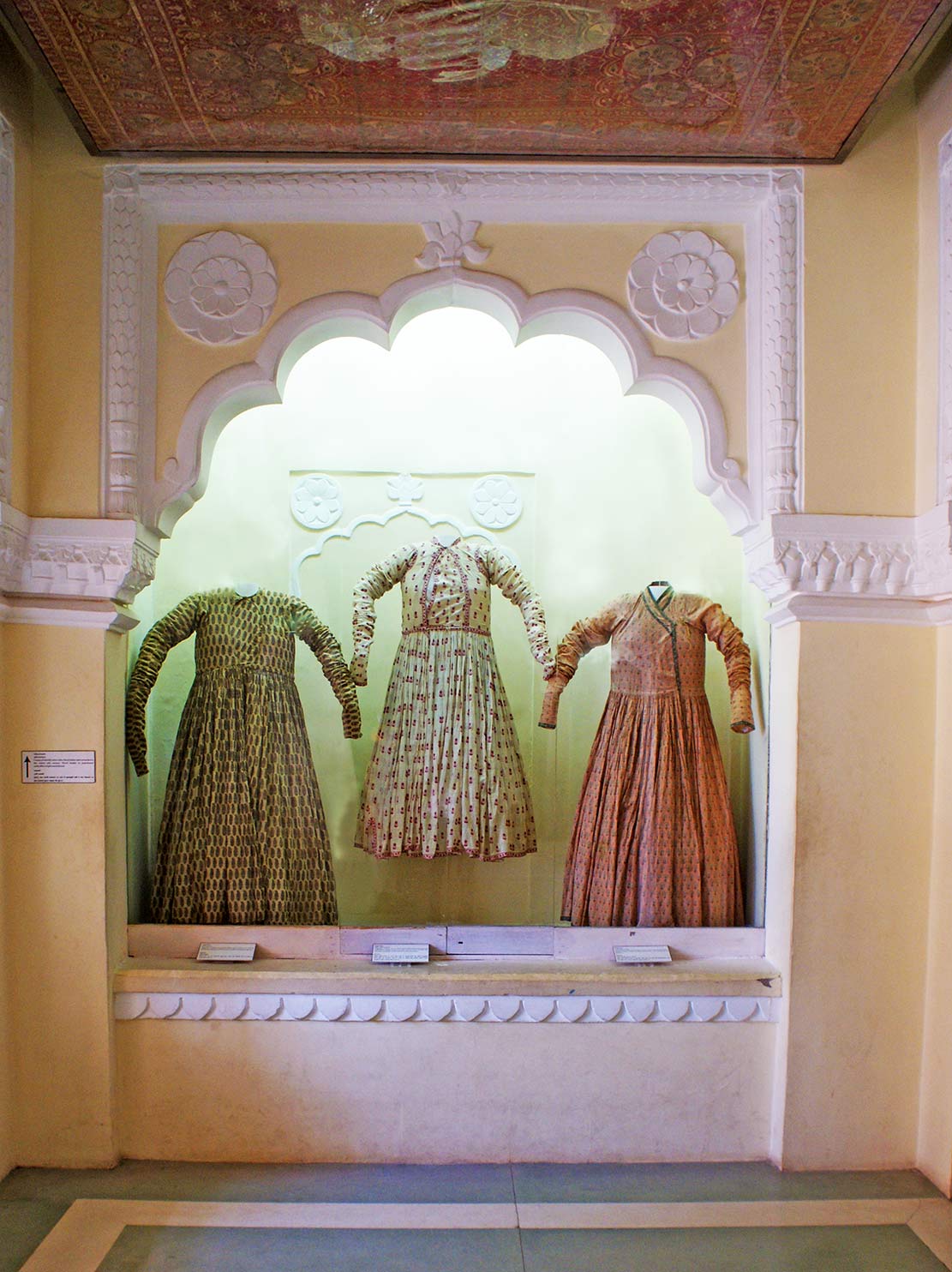
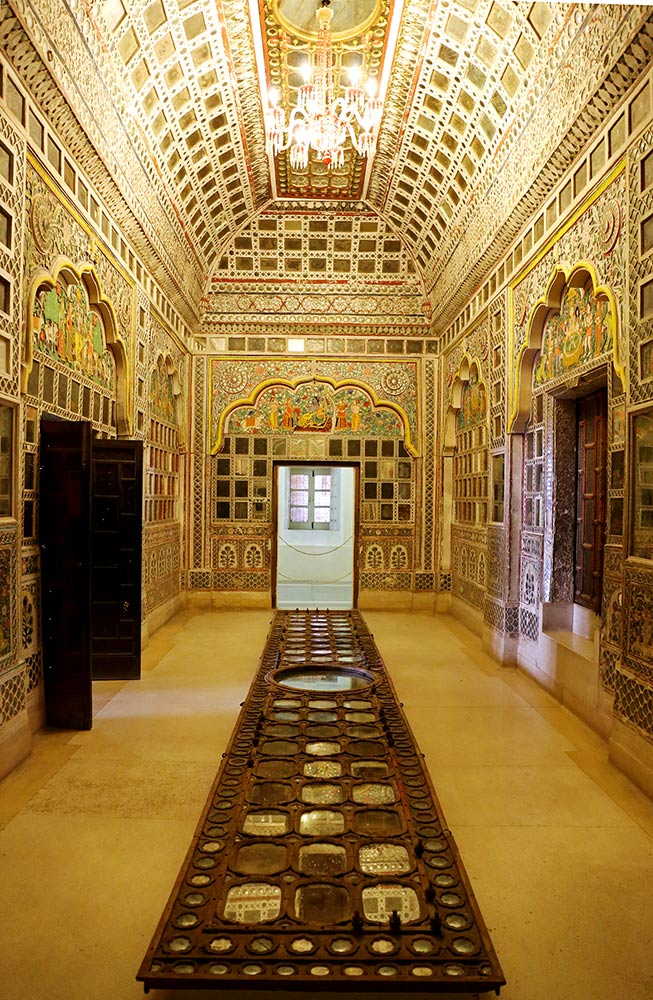
Senior citizens and students: ₹ 500
Domestic guests: ₹70
Domestic guests (senior citizens and students): ₹40
Chokelao Garden: ₹30
Video-camera fee: ₹200
Still-camera fee: ₹100
Elevator: ₹40
Audio guide for domestic guests: ₹150
Audio guide for senior citizens and students: ₹100
Guide:
01 to 04 Pax: ₹200
05 to 15 Pax: ₹300
16 to 30 Pax: ₹350
31 to 50 Pax: ₹450
